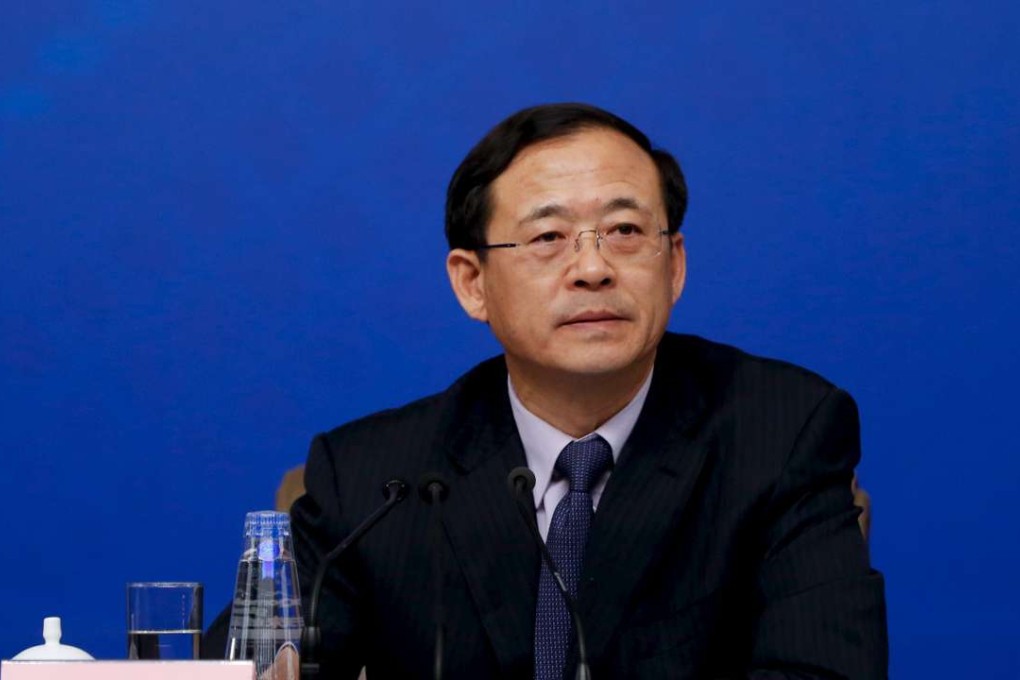Will the most relieved man in China rise to the challenge?
After a wild ride in the stock market that preceded his appointment, the CSRC chairman Liu Shiyu oversaw a year of stability. Now he must take the lead in reforms a decade overdue

Liu Shiyu must be the most relieved man in China. After becoming the China Securities Regulatory Commission chairman in February, he has seen out 10 months of 2016 with little mishap or controversy. The preceding 10 months under Xiao Gang were probably the most volatile and frankly chaotic period in the history of the stock market. The year started with the four-day fiasco of the circuit breakers but ended in near boredom. The market indices largely flatlined for much of the second half and the successful but non-eventful launch of the Shenzhen-HK Stock Connect programme added a small success to a year that really needed to restore a measure of calm to the A share market.
Not that China’s capital markets have been without note in 2016. The continuing fall in the yuan and associated capital controls and interventions both onshore and offshore have been major stories. Rolling bubbles across commodity futures markets, the opening of the interbank bond market to foreigner investors and the November launch of the Shenzhen connect programme have all been noteworthy, but none of these caused significant volatility in the stock market.
Stability-minded CSRC tightens checks on asset restructuring
Liu’s key mandate was to return stability to the stock market and restore a degree of credibility to the CSRC and marketplace. To that end he has succeeded but not entirely. He increased the pace of IPOs, which had been halted during the market crash of 2015. He expanded the Qualified Foreign Institutional Investor (QFII) programme but only at the margins, he introduced new measures to address concerns surrounding suspended stocks, he saw through some high-profile investigations into stock manipulators and, of course, green-lighted the second connect facility (the Shanghai-Hong Kong connect was the first). But not unsurprisingly, this failed to do enough to convince investment research firm MSCI that A shares were ready for their key emerging market index.
All those moves are welcome but they can’t overcome the concern of investors both domestic and foreign who have seen the CSRC and Chinese leadership panic when a crisis comes. The Chinese Communist Party’s Third Plenum’s promises of “the market as decisive factor” have shown to be hollow. In what can only become a more volatile world politically and economically, investors will remain wary of Chinese promises.

If 2016 was Liu’s year of stability then what can be expected from 2017? Next year will see much political jockeying as Chinese President Xi Jinping ( 習近平 ) looks to bolster his position and legacy as he comes into his second term. To that extent nobody is going to promote anything too aggressive. Bold action requires strong support now in China and nobody wants to expose themselves to failure in such a sensitive year.
But Liu can do much and there are already inklings that reform is afoot. The first measure would be to loosen the index futures markets. CSRC restrictions have caused the trading volumes to fall by over 99 per cent. There are signs that these restrictions could soon be removed. If that is the case it would be useful to broaden the market to fully allow QFIIs and possibly even Connect investors full and proper access to the market.
